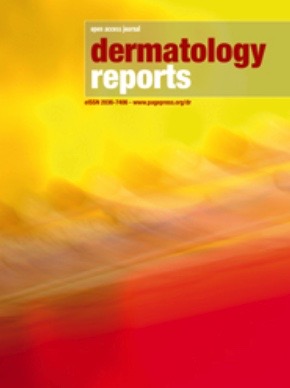Tracing human papillomavirus in skin and mucosal squamous cell carcinoma: a histopathological retrospective survey
All claims expressed in this article are solely those of the authors and do not necessarily represent those of their affiliated organizations, or those of the publisher, the editors and the reviewers. Any product that may be evaluated in this article or claim that may be made by its manufacturer is not guaranteed or endorsed by the publisher.
Authors
Worldwide, squamous cell carcinoma (SCC) incidence is rising. The literature debates the human papillomavirus (HPV)’s role in cutaneous SCC development. We examined HPV histopathology in SCC samples in this study. Retrospective study at tertiary referral skin center in 2020. Histopathological features of HPV, including koilocytosis, hyperkeratosis, acanthosis, hypergranulosis, parakeratosis, solar elastosis, papillomatosis, and tumor grade, were examined in SCC specimens. Two dermatopathologists independently reevaluated all samples. We examined 331 SCC cases (male:female ratio = 3.9:1). The mean age was 68.1, with 15.1 standard deviation. Lesions were most common on the face (40.5%), scalp (22.7%), and extremities (20.8%). Koilocytes were found in 50 (15.1%) lesions. Nail (38.1%, p=0.007), oral cavity (36.8%, p=0.014), and genitalia (60.0%, p=0.026) lesions had higher koilocytosis rates. SCCs were found in 6.6% of specimens, but in situ tumors had the highest koilocytosis (64.7%), significantly higher than other grades (p<0.001). SCC pathology often shows HPV and specific koilocyte histopathology. Well-differentiated SCC has a stronger association with nail, oral, and genital lesions.
How to Cite

This work is licensed under a Creative Commons Attribution-NonCommercial 4.0 International License.








